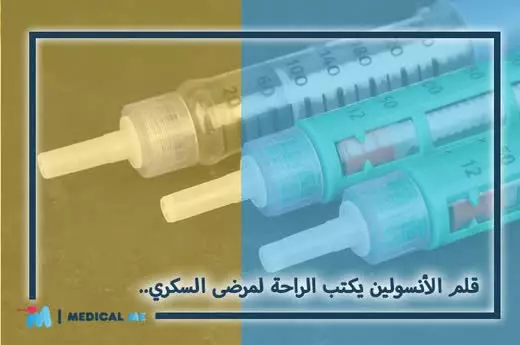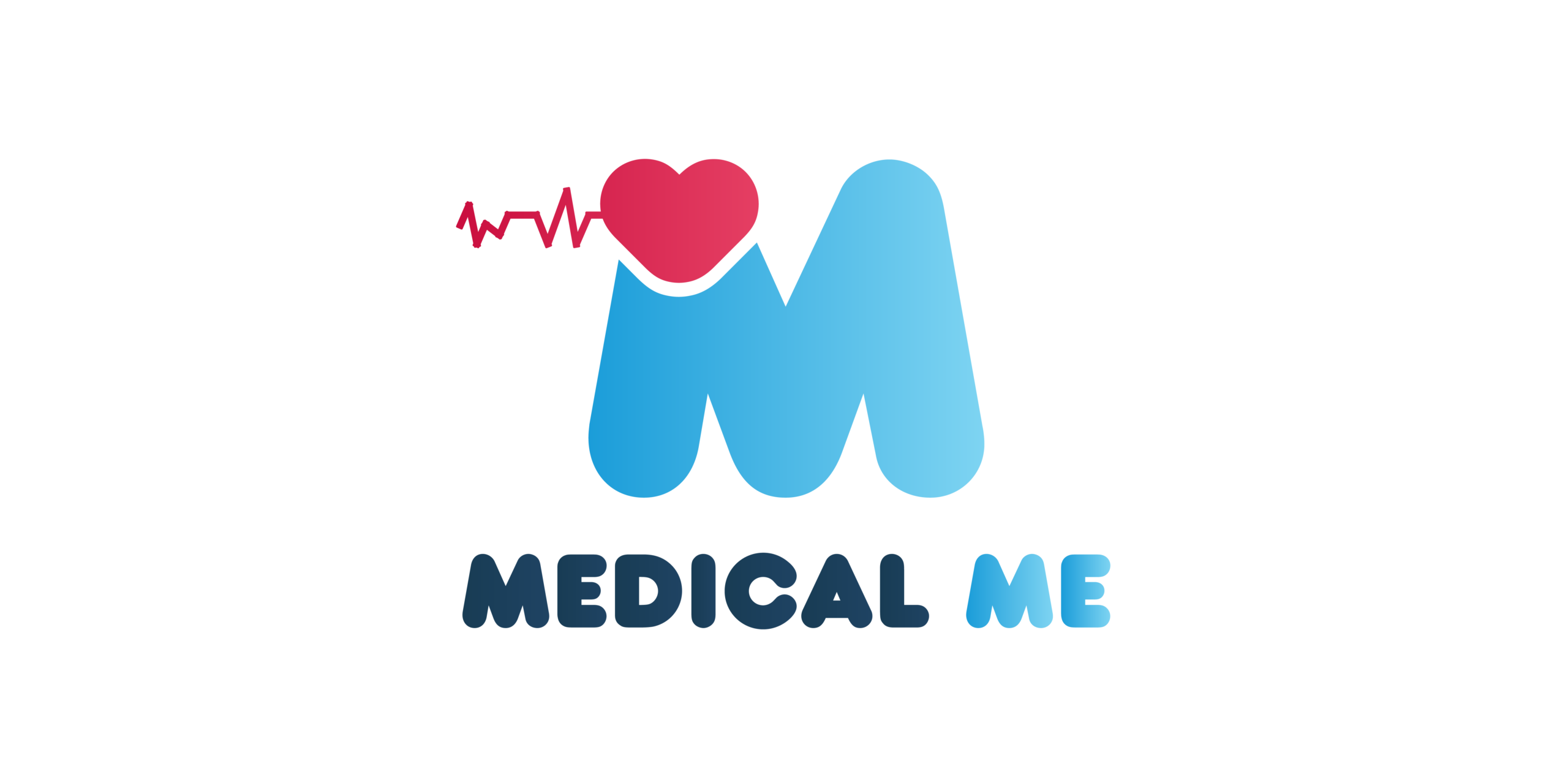Insulin Pen
Diabetes is one of the most common chronic diseases, thus treatments evolve on a daily basis, especially given that a major number of diabetic patients are youngsters.
This necessitates the development of treatment procedures at both the scientific and human levels.
His treatments include the use of an insulin pen. So, what exactly is it? And what sorts are they? And how is it put to use? This is where we will be discussing in this essay.

What exactly is an insulin pen?
The primary goal of the creation of injection pens in general as a therapeutic strategy is to increase the convenience of administering injected pharmaceuticals, which will aid the patient’s commitment to taking medication, particularly for the aim of treating a chronic disease.
Syringe pens are typically used for medications that must be injected multiple times in a short period of time.
Insulin pens refer to insulin isotopes and insulin used in the treatment of diabetes. According to surveys, the vast majority of consumers prefer an injection pen than a regular sarge if one is available.
The insulin pen is made up of the following components: a chamber or medicine cartridge, a needle tip, a piston, or a dose injection button.
Insulin needles are designed to reduce the amount of power required to penetrate the skin, reducing pain and potentially boosting the ease of self-injection.
Types of insulin used to treat diabetes include: Rapid-acting Insulin:
This species is ingested after food intake and gives effect in blood glucose management 15 minutes after injection, lasting up to 4 hours, but this species requires short-acting insulin. Short-acting insulin:
This form of insulin is administered to the patient prior to eating and takes effect 30 minutes after injection, lasting up to 3 hours. intermediate-acting insulin:
This species has an impact within 1-4 hours of injection, peaks after 4-12 hours, and can last up to 18 hours. Doctors commonly prescribe this species twice a day, along with slow-acting insulin, depending on the patient’s condition.long-acting insulin:
You must be aware of the distinction between insulin (fast-acting) and insulin (long-acting). Long-acting insulin has an impact that begins hours after injection and can last up to 24 hours. It is frequently used in conjunction with fast-acting insulin.
Insulin pen history:
The creation of insulin pens was a watershed moment in insulin therapy, with Novo Nordisk releasing the first insulin pen, NovoPen, in 1985, followed by NovoPen 2 in 1988.
Diabetics use insulin pens to inject insulin, a necessary hormone for diabetics.
The insulin pen, which comprises a cartridge, a dosing disc, and a disposable needle, was created then became more popular, and many diabetics use them because they give a simpler, more accurate, and more convenient delivery method than traditional syringes. It’s become a method of making insulin less tough and upsetting.
Types and pricing of insulin pens:
The insulin pen comes in a variety of brands and styles. The majority are classified into two categories: disposable and reusable.
Each type of pencil allows for the injection of a particular type of insulin, with some pens allowing for the injection of fast-acting insulin and others allowing for the injection of long-acting insulin. And some pens may blend the two into a single shot.
Some pens come with a variety of colour posters, cartridge belts, and dosing handles. Many pens have unique properties. Some pens, for example, incorporate flowers to reduce the amount of effort required to administer an insulin dose. Other pens have audible signs that indicate that insulin has been inserted, and some species have memory to display how much and when another dose was given.Pencil that is disposable:
It comes with a pre-filled insulin cartridge. The pen unit is fully discarded after usage.
- Reusable pen:
It has a replacement insulin cartridge; when the cartridge is empty, it is discarded and a new cartridge is installed. Several years distinguish such sort of pencil.
Insulin pens, particularly reusable insulin pens, are generally more expensive than standard insulin syringes and ampoules.
How to Choose the Best Insulin Pen:
Dear Reader, you should visit your doctor before selecting the right insulin pen for you. There are various brands on the market, and the choice is influenced by a number of criteria.
Here are some general guidelines for selecting the best insulin pen:
- The type of insulin that is available, the insulin dose that the patient can afford.
- The rate at which the insulin dose is increased. Depending on the condition of the patient.
- The durability and quality of production, especially when choosing a reusable pen.
- The insulin pen’s method of referring to the leftover insulin levels.
- The capacity to rectify mismatched dose levels is critical, especially if the user is a kid or an elderly person.
- The size of the numbers on the dosing disc, which is an important characteristic of the insulin pen, particularly for older users.
- Pen difficulty level, needle thickness, which is a key factor to consider while selecting an insulin pen.
- It should be remembered that the higher the needle thickness, the narrower the needle. It’s also vital to understand that while thick scales generate more discomfort, they also deliver insulin faster!
- The insulin needle ranges in length from 4 to 12.7 mm. A shorter needle may be safer since it is less dangerous if insulin is mistakenly administered into the muscles instead of under the skin.
Insulin Pen (lantus Solostar pen), also known as an insulin lead pen, is one of the most common kinds of diabetes treatment.
How to Use an Insulin Pen:
Attention Diabetics! You must pay more attention to the directions for using an insulin pen, as they change slightly in use between brands.
People who have never used an insulin pen before should consult with a doctor before using it for the first time.
Here are some general guidelines for using any type of insulin pen:
- If you’re using a fresh pen, take it out of the fridge 30 minutes ahead of time.
- Check the expiration date and that the insulin is of the type that was described to you.
- Insert a new cartridge into the pen as needed.
- By gently sliding the pen between my hands, I was able to mix the insulin.
- Tilt the pen up and down until the insulin has become clear and soft.
- Wash your hands thoroughly.
- Remove the pen cover and use alcohol to clean the top.
- Tie a new needle tightly to the pen.
- Remove the needle coverings while keeping the outer cover in place.
- Set the disc to the appropriate dose.
- Before the injection, double-check the dose.
- Clean the two-inch injection site with alcohol and allow it to dry.
- Avoid injecting in places where there are wounds or bruises, and if feasible, shift the site of the injections to avoid lumps or torres.
- Take the pen from the injection site and follow the instructions on the box.
- Wrap your fingers around the insulin pen and leave your thumb free to hit the injection button.
- Insert the needle swiftly and at a 90-degree angle into your skin until the needle reaches your entire skin.
- To give your complete dose, slowly press the button all the way to the finish.
- Remove the needle from the skin after 10 seconds.
- Press the injection site for 5 to 10 seconds without rubbing the skin.
- If you see a bleeding at the syringe, clean it with a clean alcoholic swab or lumbar, and bandage the injection site if necessary.
- Remove the needle from the pen and properly dispose of it.
Insulin injection locations in the body:
Recommended insulin intake places using insulin pen
- The abdomen is 5 cm in diameter.
- Front and side thighs.
- Upper and outer arms.
- The buttocks.
- They are not injected near the joints or the femoral area of the inside, or in the hip, middle of the abdomen or scar tissue.
- Do not inject into the same injection site repeatedly so as not to cause a solid assembly in the injection area that prevents insulin from functioning properly.
- You need to change the location of the injections to make the injections easier, safer and more comfortable.
- Try to inject into the same public area of your body at the same time every day.
- Keep a record of the injection sites you used every time you gave yourself an injection and write down the date, time and location.
- Your doctor should be consulted about the best places to inject insulin depending on the type of insulin he described to you, as it may absorb different parts of the insulin body differently.
Insulin pen storage:
To protect insulin from damage, kindly, follow the following instructions for insulin pen storage:
Unopened insulin and new insulin pens must be stored in the fridge to keep it long until it is used.
The expiration date depends on the type of insulin contained in the pen; it is always important to verify the date and follow any instructions for storage and use on the insulin pen. According to the American Diabetes Association, insulin can be stored at room temperature for 28 days and still be used.
It is critical that my beloved user understands that insulin that has expired or has been improperly maintained is not as effective as it should be.
It is important to note that the insulin pen and needle should never be stored and linked to it, even if the needle is new, since this may impact the cleanliness of the needle, expose it to contamination, raise the risk of infection, and potentially affect the dose of insulin administered.
The needle must be immediately detached from the pen after use, and the pen and needle must be stored separately until the next dose.
If the insulin pen is placed in the refrigerator coolant or exposed to temperatures above 30 ° C or direct sunlight, it must be discarded.
In the event of travel, a cooling bag can be utilised to protect the insulin pen.
What is the distinction between an insulin pen and conventional Syringes?
Insulin pens, particularly pre-packaged and disposable pens, are one of the most widely utilised instruments to assist a diabetic patient in adapting to his or her chronic illness.
One reason for this is that insulin pens have several features that make them safe and comfortable, making them an effective factor in assisting diabetics in adhering to insulin therapy protein.
Various studies conducted since the invention of these pens have demonstrated this, for example: In a study that compared the use of the insulin pen to the use of traditional serpents with ampoules, they discovered that 73 percent of people using insulin pens were more confident about the accuracy of their doses and more comfortable.
Only 19% of traditional sarge users were confident and comfortable with the accuracy of their doses.
Another study, conducted in 2015, focused on more specific information during the injection dose use process. According to this study, insulin pens users can read the dose metre twice as readily as those who use classic insulin serpents.
Advantages of using insulin pens:
- Insulin pens are simple to use, especially for older people and children.
- Insulin pens allow diabetic patients to precisely administer their therapeutic doses.
- Insulin pens enable diabetic individuals to administer their own doses without the need for assistance.
- The volume of little and high needles reduces the user’s fear and agony and makes dosing frightening for them.
- Saving time is one of the most significant benefits of insulin pens, particularly for people who are preoccupied with their work and everyday concerns about their doses and so utilise pre-packaged and predefined insulin pens.
- Some insulin pens have a memory function that saves the time and amount of the last dose.
- Storage convenience.
- The insulin pen is the best option for diabetes patients who have difficulty using their hands or fingers, as well as those who are visually impaired.
- There are now “smart” pens that compute proper insulin doses and report on insulin consumption to the user for uploading to his or her mobile phone.
Defects in the use of insulin pens:
As with everything else in life, nothing is perfect!
Everything created by humans has benefits as well as drawbacks. Although insulin pens have numerous advantages, they also have significant drawbacks, which include:
- Different types of insulin cannot be blended into a single dose when using an insulin pen, hence the patient needs a pen for each type.
- It is difficult for one individual to contribute to another. They’re all set for self-injection.
- Physically, they are more expensive than regular injections and ampoules.
- Each time the pen is used, some insulin is squandered, and one or two units are frequently lost when attempting to calibrate the pen to manage the dose.
- Some health insurance carriers do not provide comprehensive coverage for the provision of insulin pens.
- Not all insulin is supplied in the form of a pen.
Also remember that insulin is only a short-term solution for controlling blood sugar levels, but a healthy diet and regular exercise regimen is the best method to keep your blood sugar levels in check long-term.
Resources:














